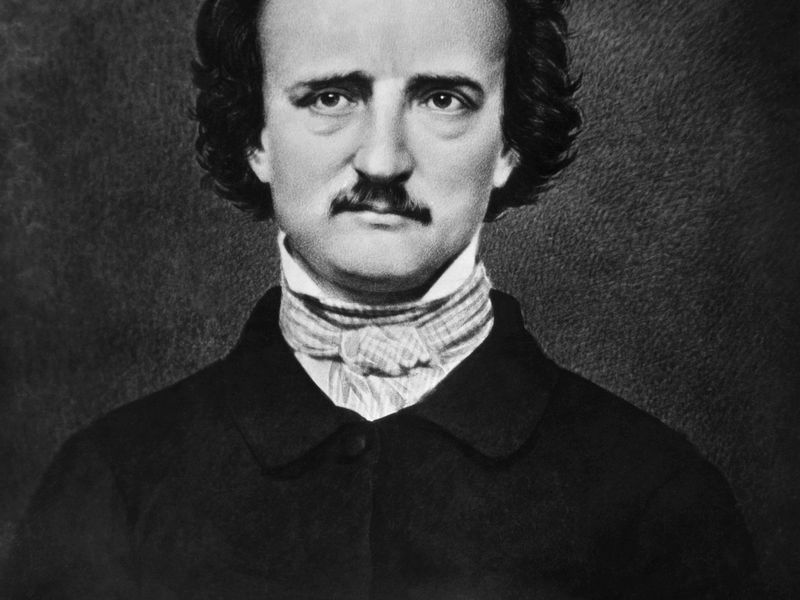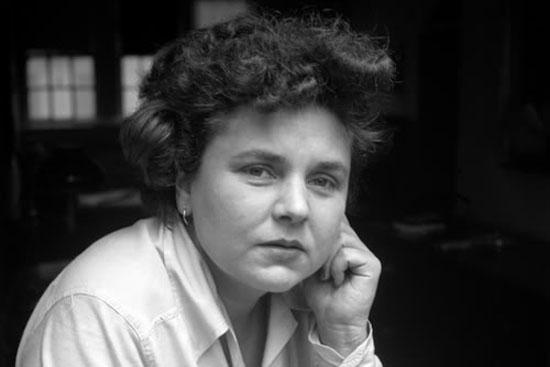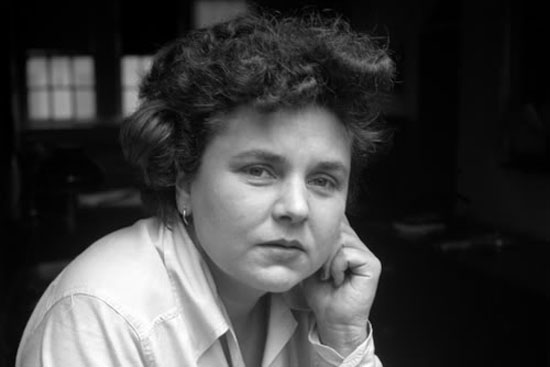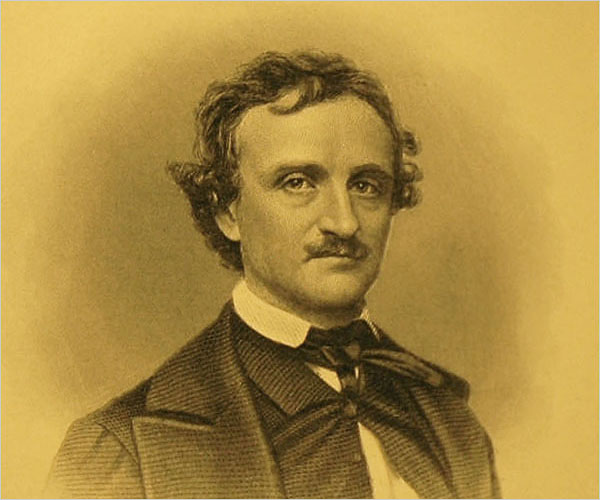Edward Lear (13 May 1812- 29 January 1888): Edward Lear belonged to the Victorian age. But unlike his contemporary author and poets, his writings were not meant for serious readers. He wrote for children, using the form of literary nonsense in his poetries and prose. Born to a London stockbroker; Jeremiah Lear (who was bankrupted around 1825), Lear was raised by women, especially by his sister Ann. The second youngest of twenty-one children, Lear was educated at home.
He is known for publicizing the Literary Nonsense as a genre and a form. In 1846, he published his first volume of verse A Book of Nonsense. His other published works include Nonsense Botany, Nonsense Songs and Stories, More Nonsense songs, Pictures and Laughable Lyrics. His writings are distinguished by his use of neologisms, humour and perfect rhythm. His writings are still popular among children.
Introduction to the Poem: Lear is known to write nursery rhymes and comic lament. The poem, The Quangle Wangle’s Hat, is also a comic lament. As is known from the biography of Lear, the poet himself was a loner and so was his ‘Quangle Wangle’. However, considering the fact that Lear was also known for his musical composition of Tennyson’s poetries, one finds the echo of the latter’s poetic style in the former’s writings. Yet, this could be overlooked as a mere case of inspiration as unlike Tennyson’s, Lear’s poetries were full of humour and a fun-rhythm of its own.
This particular poem is a narrative of a lonesome ‘Quangle Wangle’ wearing a ‘Beaver Hat’. His lonesomeness comes to an end when all these different creatures approaches him with the request of building their ‘homes on his lovely Hat.’ Here is a line by line summary of Wangle’s Hat by Edward Lear.
The Quangle Wangle’s Hat Summary by Edward Lear
Stanza 1:
On the top of the Crumpetty Tree
The Quangle Wangle Sat,
But his face you could not see,
On Account of his Beaver Hat.
For his Hat was a hundred and two feet wide,
With ribbons and bibbons on every side
And bells, and buttons, and loops, and lace.
So that nobody ever could see the face
Of the Quangle Wangle Quee.
The first stanza of the poem builds the background of the poetic narration. In the first two lines, the poet introduces his protagonist, ‘The Quangle Wangle’ and describes the unusual place where he sits, that is, ‘On the top of the Crumpetty Tree.’ Crumpet is a griddle cake made from flour and yeast. Thus, the word ‘Crumpetty Tree’ gives an air of unusual playfulness to the tone of the poem. In the third line of this stanza, however, the poet directly refers to his readers by addressing them as ‘You’ with which he (the poet) also affirms his presence as a narrator. ‘But his face you could not see,/ On account of his Beaver Hat.’
This lines tends to inform the readers that the ‘Quangle Wangle’ is wearing a ‘Beaver Hat’ which will serve as a curtain, making it difficult for the readers to see his (Quangle Wangle’s) face. Also, the capitalization of the word ‘Beaver Hat’ drives the reader’s attention giving the word a sense of eminence. The poet further, reasons out his readers by stating that the ‘Hat was a hundred and two feet wide,’ which is also an instance of the use of hyperbole by the poet. In the next two lines, the poet uses alliterations to give it a feel of layman’s speech. Generally, we tend to use the words like ‘ribbons and bibbons’ just as a way of talking rather than for any kind of meaningful weight that the words may hold. In the last two lines of the stanza, the poet confirms that it is just not the readers but ‘nobody ever could see the face/ Of the Quangle Wangle Quee.’
Stanza 2:
The Quangle Wangle said
To himself on the Crumpetty Tree,-
“Jam; and jelly; and bread;
“Are the best of food for me!
“But the longer I live on this Crumpetty Tree
“The plainer than ever it seems to me
“That very few people come this way
“And that life on the whole is far from gay!”
Said the Quangle Wangle Quee.
The second stanza begins with the monologue of ‘The Quangle Waangle’, where he says that ehe has ‘the best of food’ to eat, which means that he is living a comfortable life.
‘But the longer I live on this Crumpetty Tree/ The plainer than ever it seems to me’. In these two lines, the poet through the monologue of Quangle Wangle makes his readers aware of the lonesomeness of his protagonist. While in the next two lines, the Quangle Wangle says that he is lonely because ‘very few people come this way’ and though he is living a comfortable life yet, his ‘life on the whole is far from gay!’
Stanza 3:
But there came to the Crumpetty Tree,
Mr. and Mrs. Canary;
And they said,- “Did ever you see
“Any spot so charmingly airy?
“May we build a nest on your lovely Hat?
“Mr. Quangle Wangle, grant us that!
“O please let us come and build a nest
“Of whatever material suits you best,
“Mr. Quangle Wangle Quee!”
In this stanza, the narration moves a little forward. Two new characters, that is, Mr. and Mrs. Canary” approaches the Quangle Wangle saying, “May we build a nest on your lovely Hat?” They are amazed to see the beautiful big Hat of the Quangle Wangle as the lines “Did ever you see/ Any spot so charmingly airy?” suggests. In the last four lines, Mr. and Mrs. Canary are requesting Mr. Quangle Wangle to “grant us (them) that!” to let them “come and build a nest on his Hat.
Stanza 4:
And besides, to the Crumpetty Tree
Came the Stork, the Duck, and the Owl;
The Snail, and the Bumble-Bee,
The Frog, and the Fimble Fowl;
(The Fimble Fowl, with a corkscrew leg;)
And all of them said,- “We humbly beg,
“We may build out homes on your lovely Hat,-
“Mr. Quangle Wangle, grant us that!
“Mr. Quangle Wangle Quee!”
In the fourth stanza, many more creatures like the “Stork, the Duck, and the Owl;/ The Snail, and the Bumble-Bee,/ The Frog,and the Fimble Fowl;” all came to beg him grant them the permission to build their “homes on” his “lovely Hat”.
Stanza 5:
And the Golden Grouse came there,
And the Pobble who has no toes,-
And the small Olympian bear,-
And the Dong with a luminous nose,
And the Blue Baboon, who played the Flute,-
And the Orient Calf from the Land of Tute,-
And the Attery Squash, and the Bisky Bat,-
All came and built on the lovely Hat
Of the Quangle Wangle Quee.
This stanza introduces many other characters like “the Golden Grouse”,”the Pobble”,”the small Olympian bear”, ”the Dong”, “the Blue Baboon”, “the Orient Calf”, “the Attery Squash, and the Bisky Bat,-/ All came and built on the lovely Hat”. The many characters mentioned in this stanza like “the Dong with a luminous nose”, are references to the characters from his other poems which might also that the characters who left to never return has finally returned home to make a stay.
Stanza 6:
And the Quangle Wangle said,
To himself on the Crumpetty Tree,-
“When all these creatures move
“What a wonderful noise there’ll be!”
And at night by the light of the Mulberry moon
They danced to the Flute of the Blue Baboon,
On the broad green leaves of the Crumpetty Tree,
And all were as happy as happy could be,
With the Quangle Wangle Quee.
The sixth stanza, that is also a closing stanza, also begins with another monologue of the Quangle Wangle. He is happy about the thought of hearing noises around him now as all these creatures has settled down on his Hat. He is no longer lonely expresses his happiness and wonderment in the lines “When all these creatures move/ What a wonderful noise there’ll be!” In the next lines, the poet creates an atmosphere of merriment as the lines “They danced on the Flute of the Blue Baboon”. The poem ends with a statement that they are all happy on the Crumpetty Tree. But most importantly, they are all happy “With the Quangle Wangle Quee”. Hope you enjoyed reading the summary The Quangle Wangle. To check out the analysis you can follow this link.
Contributor: Smita
Some online learning platforms provide certifications, while others are designed to simply grow your skills in your personal and professional life. Including Masterclass and Coursera, here are our recommendations for the best online learning platforms you can sign up for today.
The 7 Best Online Learning Platforms of 2022
- Best Overall: Coursera
- Best for Niche Topics: Udemy
- Best for Creative Fields: Skillshare
- Best for Celebrity Lessons: MasterClass
- Best for STEM: EdX
- Best for Career Building: Udacity
- Best for Data Learning: Pluralsight














Nicely done! Helped a lot.!.thanks!
Thanx a lot Trisha, this piece of work has helped me a lot…..keep writing!!!
Helped a lot but I have a question. Why is it said in the first stanza
that the crowd of people were wearing sandals?
Also y were there steel hats?
The steel hats refer to the helmets worn by the soldiers during WW I 🙂
The steel hats refer to the gas masks used by the British on the German soldiers
The steel hats can have two meanings. One: helmets
Two: the Austro-Hungarian royal guards used to wear a specific type of steel hat which looks creepy af.
the sandals are the referance to the romans who crucify jesus christ
the sandals have a biblical referrence which goes as follows:
as according to the tale- Christ was also tortured by the roman jewish soldiers by throwing their wooden sandals with their soles full of filth on him when he was being crucufied on the cross and since wooden sandals hit hard and was also humiliating so the king commanded his soldiers and other men of the village to wear these sandals up to the hill of golgotha where chrsit died…
This is a reference to the jews and romans…
To throw it at Christ
in the second stanza their is a spelling mistake (tow) it will be two
Very good. Worth reading interpretation.
Thank you for the references! This is of great help to me. Thanks a ton!!
In Five Ways to kill a man the poet shows the loss of humanity in mankind.Discuss how he manages to make this theme a dominant one in the poem.Pls I need your help…:)!
In positive way…..
We see how human nature has, over a period of time, added to the ferocity of killing and how inhuman it has become. Ultimately, various factors compounded together to make everday life a living death. The poet has brought to our mind the growth and development of the human nature and call upon us to reflect and take measure to rectify the condition that we see today
There is a minor error. The gas(Chlorine) was used by the Germans against the Englishmen. It was the first instance of the use of chemical agents in the history of wars.
This poem also shows the abuse of modern technology. As man became advanced, so did his ways of killing his fellow mates. From crucifixion to swords to gassing and finally, to bombing.
According to me the psychopath is hitler
Thnku so much…..it will help me a lot in my english xam ThNkuuu ???
thanx a lot
thanks helped a lot …..i was kinda stuck in my essay
Thank you, this was really useful!
Was really helpful.Thanks a lot!!
Thanks for the Summary!
Very thankful to beaming notes
good for isc board exam
thanxxx it helped me a lot but i have one question that what is meant by a cock that crows plzz help me